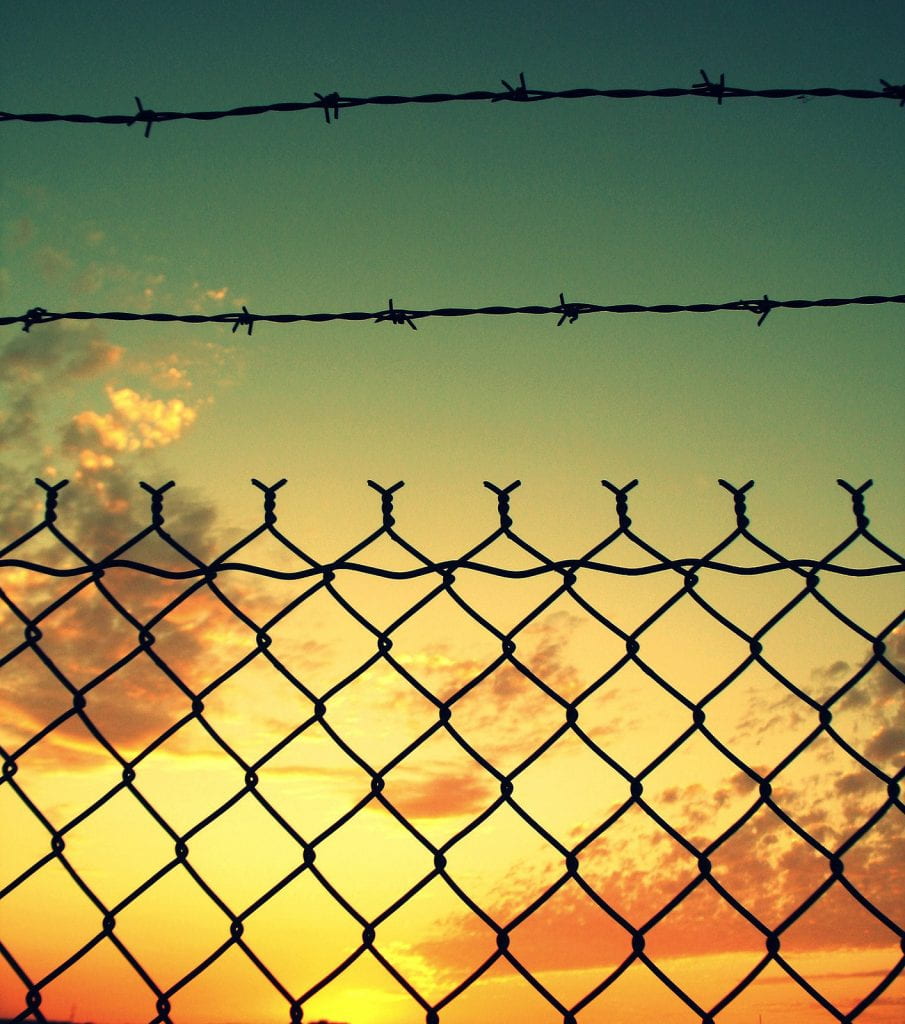
I’ve been to the Holocaust Museum in Washington, D.C. twice. The first time was just over a year after it opened. I was newly out and went with a new gay friend and a straight ally. We picked up random ID cards to “own” during the tour, but also asked for information about the gays who died in the Holocaust. Those pamphlets were kept behind the counter, like the dirty magazines at 7 Eleven.
It was a somber visit. Seeing the shoes was the hardest. The owners were dead. Only their shoes left to give witness. Hundreds—thousands?—of shoes. I whispered the refrain of the tour, “never again.”
My last visit to the museum was a few months ago. Donald Trump had been in the White House for several months. I still had not called him the P word. I can’t do it here. I didn’t remember the tour being so crowded. It felt right, though. Again, I clutched my identification papers. Last time I cheated and looked to see my assumed persona lived or died right away. This time I wanted to find out in real time. The crowd added to the experience, especially when I saw the train car.
Last time when I said Never Again it was defiant, a promise. Now it was a question. The tour starts at the upper floor with the lead up to the Holocaust. It didn’t happen overnight. Old newsreels and headlines show Hitler’s rise to power. Shave his mustache and tint his skin orange and it could have been the buildup to the 2016 elections. It scared me, the Othering part of the German people. Change Jew to Mexican or Muslim and it wasn’t dusty history at all. Never again?
Something else was wrong. The mood wasn’t as somber this time, not for everyone. A group of people in front of me laughed at some of the videos and exhibits. Not nervous titters. I do that sometimes. I smiled nervously when I told my mom that Mr. Lamar, my seventh-grade gym teacher died. I wasn’t happy. I was nervous. These people now, though, were enjoying themselves. This wasn’t a shameful part of humanity’s past but a primer.
I had to sit down, but there was no place to sit.
Last night when I heard Riva and Josephine speak, I thought the Holocaust museum, and the Civil Rights Institute, and the news coverage of the Valentine Shooting at Parkland, and the Pulse nightclub in Orlando and the Sandy Hook, were too sanitized. When I worked in the ICU and ER in the Navy I treated gunshot victims. I keep hearing people speaking abstractly about 2nd Amendment this Crisis actor that. It’s easy to be a talking head when all you see are helicopter shots of students walking single file across a school parking lot with their hands up. Or the flashing lights of emergency vehicles and worried parents behind barricades.
I don’t know what the dead and wounded looked like at Marjorie Stoneman Douglass High School or Sandy Hook, or the Pulse, or the field where Josephine’s father was lynched. But the shooting victims I saw had half their heads missing, their entrails hanging out, entrance wounds the size of a quarter and exit wounds the size of an orange. More blood than you’d think a human body could hold saturated their clothes. I don’t believe anyone could see that and NOT say never again!
And yet those laughing people at the Holocaust Museum took pictures with their smart phones of the photos and videos of the atrocities of Joseph Mengele to show off to their friends back home.
One of them had a red MAGA baseball cap on.
Never again?
Riva and Josephine must keep telling their story, but that’s not enough. Everyone who heard it must also tell it. And they must insist, Never again. And when the assholes with the MAGA caps laugh we have to shout it, Never Again! Never!
And for the love of God, never here.
For Bob Byrd, it was a race to see which he would earn first: an undergrad degree or AARP card. He is a senior at UAB, majoring in Communications with a minor in Creative Writing. He just celebrated his 55th birthday–looks like AARP won, but it was close. He is an award winning storyteller and a frequent contributor to the NPR radio program Says You!. He grew up in Fort Lauderdale but has called Birmingham home for the last twenty years.
